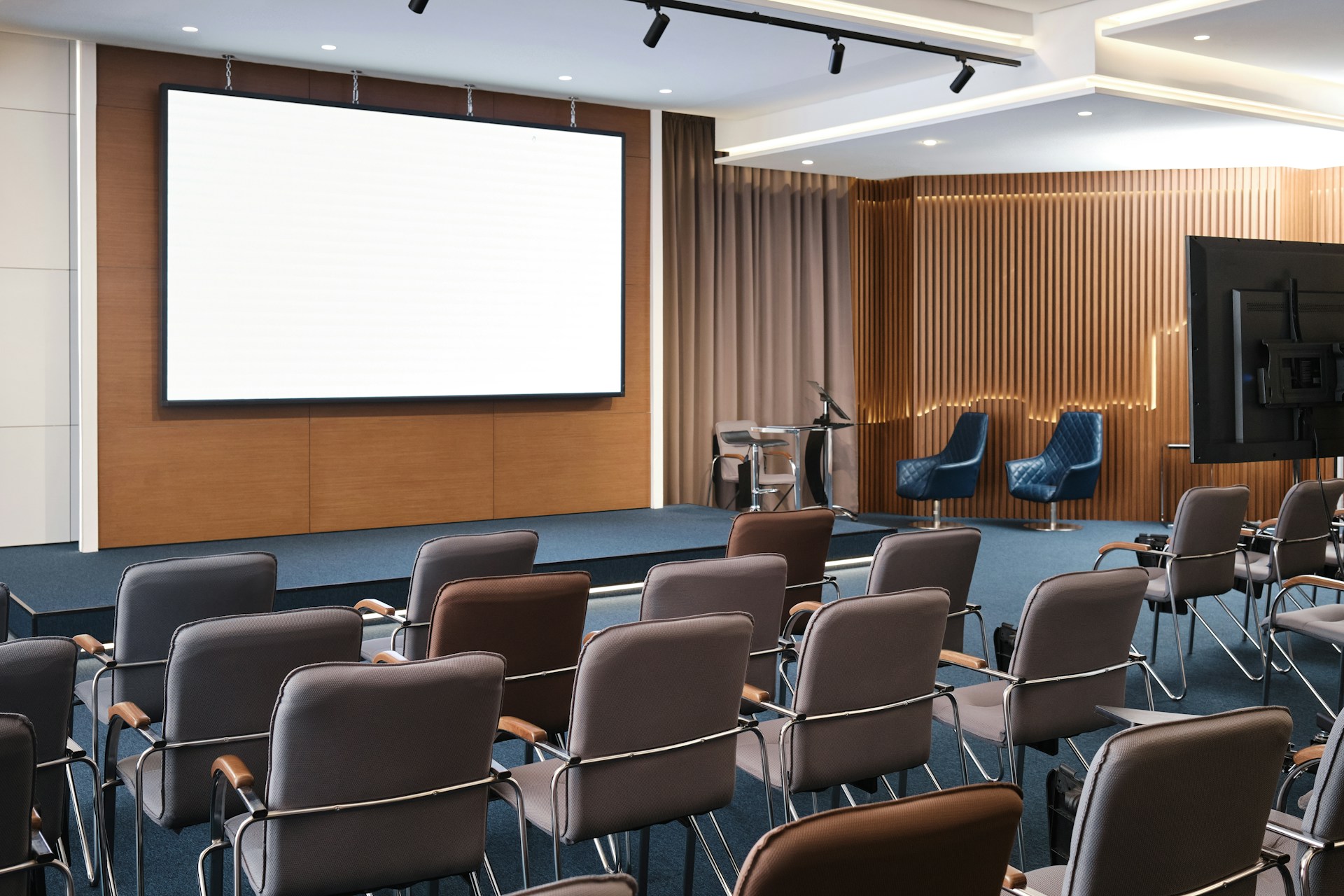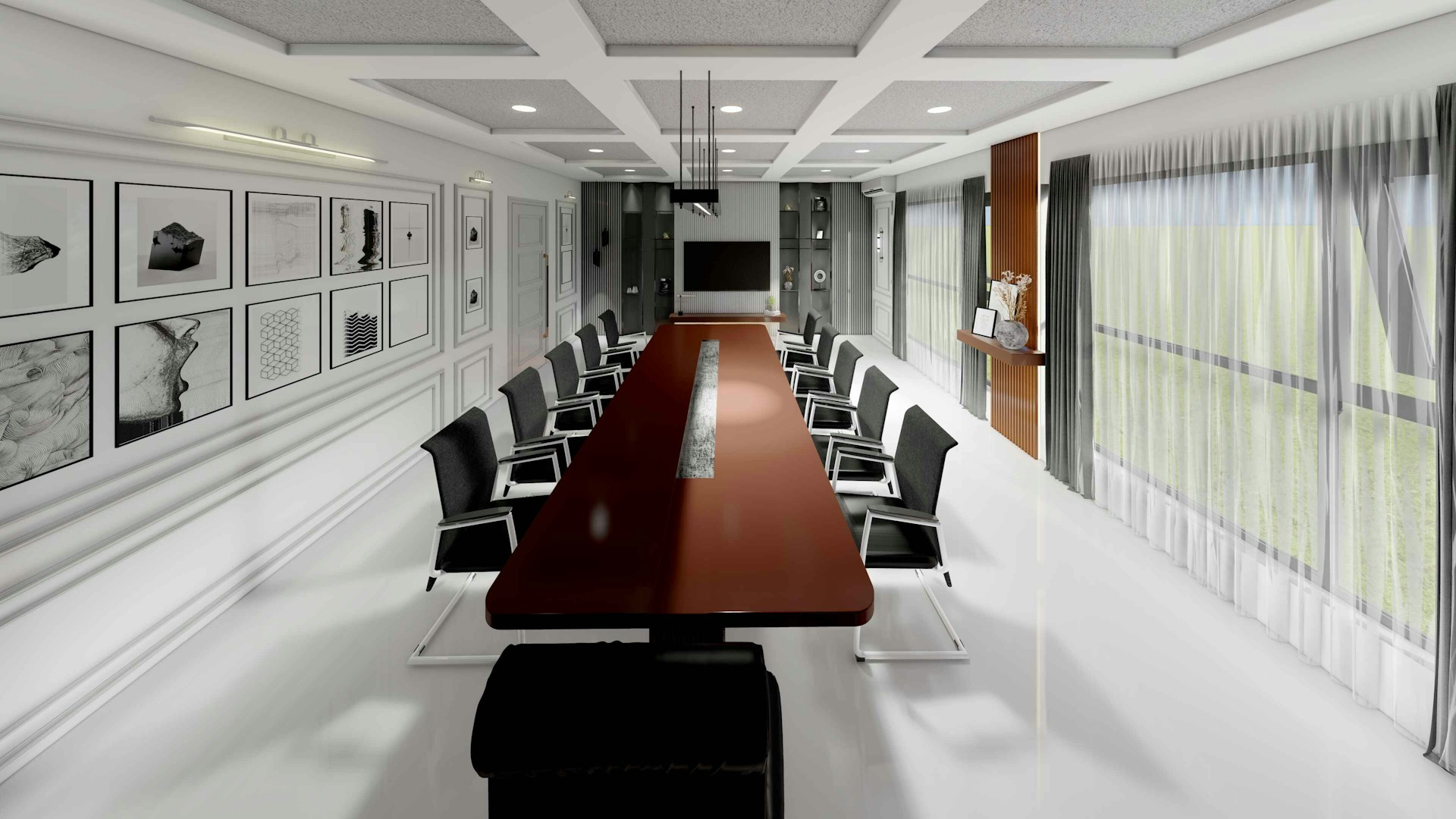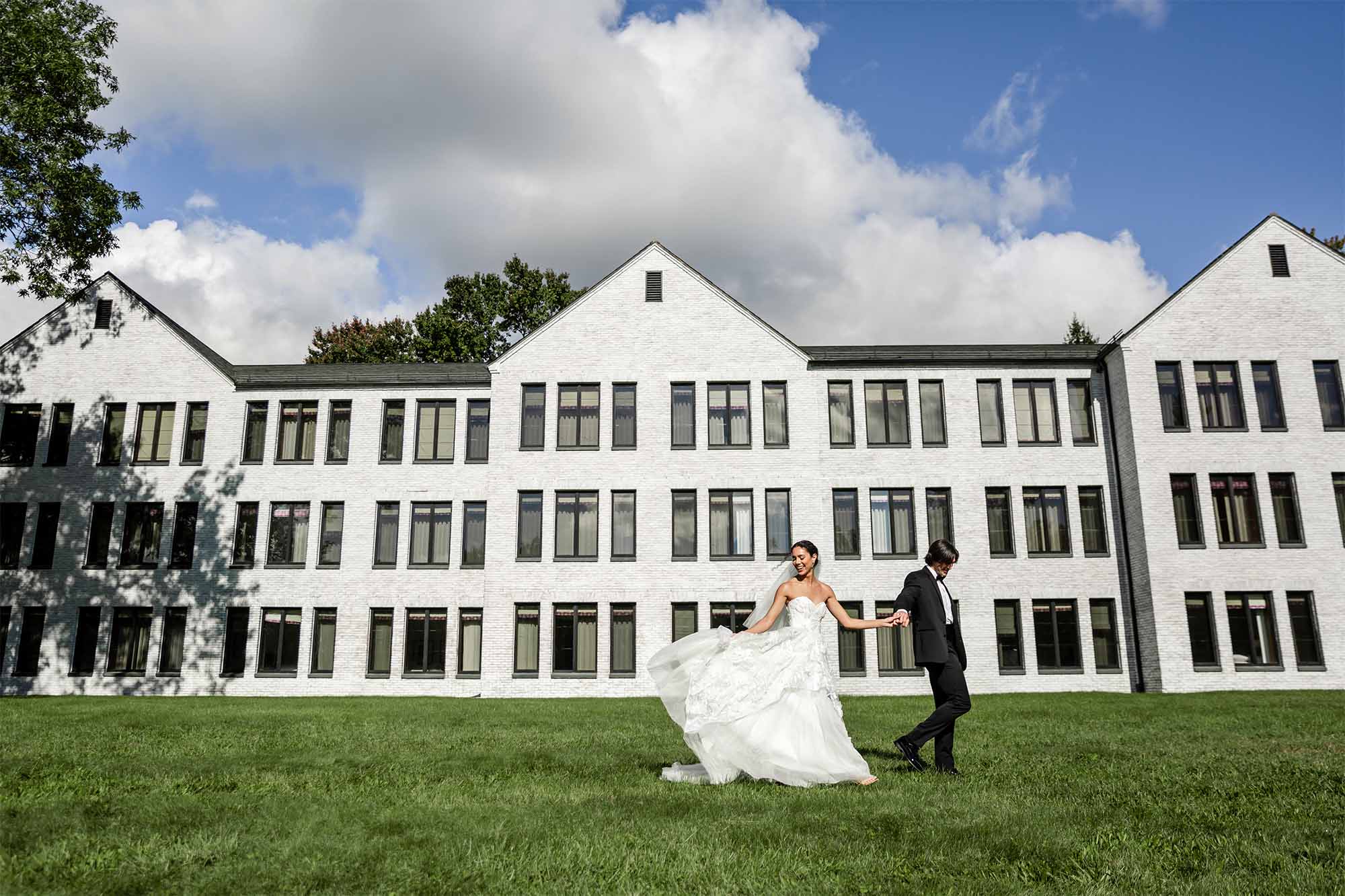Small meeting venues can offer surprising advantages when used the right way, but tight quarters come with their own set of challenges. In a place like Norwalk, CT, where meetings range from quick morning check-ins to full-day planning sessions, finding smart ways to stretch your space matters. Whether you’re expecting a dozen attendees or working with limited square footage, making the most of every available inch can impact how productive and enjoyable your event turns out to be.
From arranging furniture to using the right kind of equipment, thoughtful planning can completely change how a small space functions. It’s all about being flexible and knowing what the space can support. A few smart moves at the beginning make it easier to avoid crowding, noise problems, or awkward layouts that disrupt the flow of a meeting. Here’s how to start thinking through these details to make sure your space works harder for you.
Assessing Your Space Needs
Before choosing a location or finalizing any logistics, it’s helpful to think through what you actually need. A space that works well for a brainstorming session might not feel right for a formal roundtable discussion. One way to avoid surprises is by focusing on the basics first.
Start with these questions:
– How many people will attend in person?
– Will any part of the meeting involve breakout discussions?
– What kind of equipment will be required?
– Do you need space for food or drink setups?
Get a firm headcount early. Overestimating might lead to paying for more space than you need. Underestimating could leave guests standing or bumping elbows. If you’re unsure, it’s often better to plan for a few extra chairs just in case. Ask about the room’s square footage and review floor plans if they’re available. A quick measurement of the actual furniture being brought in can go a long way too.
Keep your equipment plan minimal but complete. Instead of using multiple screens and wired devices that eat up valuable room, look into all-in-one units or shared displays. You might only need a large monitor, a mobile whiteboard, and Wi-Fi access to get the job done.
Furniture Arrangement Tips
Once you’ve settled on a setup that meets your needs, the next step is thinking through how furniture can help or hurt your layout. The good news is that even basic rooms can feel bigger with smart placement. The goal is to maintain flow and movement while supporting the type of meeting you’re running.
Try these layout options for small meeting spaces:
1. U-shape setup: Great for presentations with discussion. Keeps everyone in view and leaves the center open.
2. Theater-style rows: Works best for talks or lectures where note-taking isn’t needed.
3. Classroom style: Good for small training sessions. Just avoid packing too many tables together.
4. Roundtables or pods: Offers flexibility for group discussions or clients who value collaboration.
5. Standing clusters: For short meetings, standing tables can save room and keep energy levels up.
Look for multipurpose furniture where possible. Chairs with storage options underneath can hold materials. Foldable tables can be stacked away once the main talk is over and breakout sessions begin. Consider using fewer, larger pieces instead of many small ones that can clutter the space. One example that works well is swapping individual desks for a single communal table in small team workshops. This clears floor space and steadies the vibe, especially when conversation is the main goal.
Utilizing Technology For Space Efficiency
Tech tools can help make the most of smaller meeting spaces without much effort. Choosing wisely means you get the function you need without taking up extra room. Instead of relying on bulky gear, think compact and wireless. A projector mounted on the ceiling and a small speaker could replace a cluster of large devices. Look for gear that’s designed to serve multiple purposes with a smaller footprint.
Tablets and laptops hooked up to a shared screen allow teams to ditch printed handouts and extra equipment. Charging stations placed along the perimeter of the room let everyone stay powered up without eating into shared work areas. Wireless presentation systems also come in handy, giving presenters room to move without needing long cords stretched across the floor.
Don’t overlook the benefit of virtual attendees. If space is tight, offering a remote option can help keep the room comfortable for everyone physically present. Most modern meeting setups come with easy video call options. Even something simple like a tablet stand with a built-in webcam can allow for clean hybrid setups without needing a full AV system.
Making The Most Of Available Resources
Before trying to bring in more furniture or equipment, take a look at how everything in the space is currently being used. You might find some quick wins. Unused corners or blank walls offer great opportunities to free up floor space.
Here are a few smart ideas:
– Add wall-mounted whiteboards or writable wall decals instead of wheeled boards.
– Use hanging file organizers or slim shelves to manage print materials.
– Place folding chairs on a nearby rack or against unused walls when not needed.
– Choose stackable bins or rolling carts to tidy up clutter.
Some meeting rooms come with features you may not notice right away. Built-in wall screens, retractable work surfaces, or lockable storage can all let the room do more than one thing. Ask about shared resources in the building, too. If there’s nearby storage or a shared lounge area, you may be able to move lunch setups or post-meeting discussions next door, opening more room for the main meeting itself.
Crafting A Conducive Atmosphere
Even when space feels tight, the right setup can help guests feel comfortable and focused. Lighting and acoustics matter just as much as chair placement. Small rooms with no windows might need added light to keep energy levels up. Try to avoid harsh overhead lights and use floor or desk lamps to soften the space.
Sound levels can make or break a small meeting. If outside noise leaks in or there’s a strong echo in the room, it makes talking and listening harder for everyone. Area rugs, heavy curtains, or even acoustic panels can help create a quieter, more relaxed feel. Lower ceilings sometimes make small rooms feel boxed in. Using light wall colors or keeping décor minimal can open things up, visually at least.
One example that works well in tight spaces is adding plants. It’s a simple change that increases comfort and breaks up empty spots with something fresh. A small potted plant on each table or a couple along the wall adds a finishing touch without taking up vital space.
Designing Smarter Meetings with Less Room
Putting meetings together in smaller rooms doesn’t have to feel like a squeeze. When you plan ahead, choose gear that works with the space, and keep things tidy, the room opens up without actually getting bigger. Swapping big setups for smart textures, lighter layouts, and shared tools gives your team what they need while keeping things stress-free.
In Norwalk, looking beyond size gives you more freedom to create a space that makes sense for your group. Every square foot matters when you’re designing a meeting that runs smoothly and feels right. With a few adjustments and clear planning, that small room might just become your team’s favorite place to connect.
Make your meetings impactful in a space that’s designed to fit your needs. Discover how the right meeting space in Norwalk can turn your next event into a smooth, productive experience. LaKota Oaks offers flexible arrangements, tech-friendly features, and an inviting setting to help every session run without a hitch.









